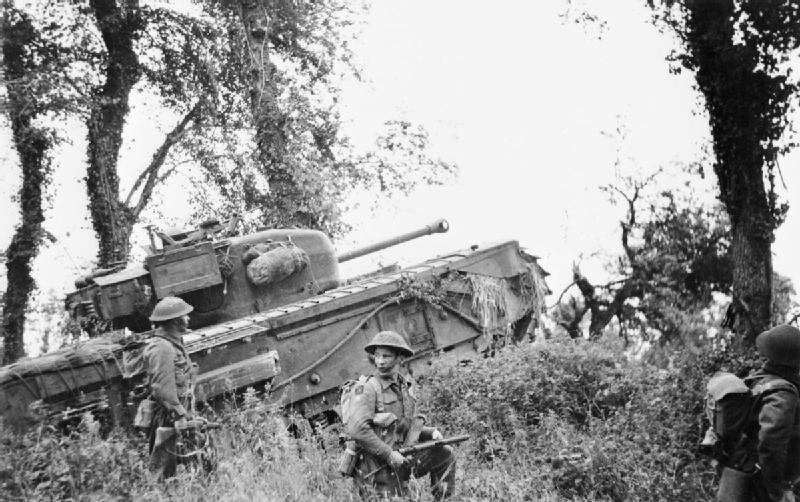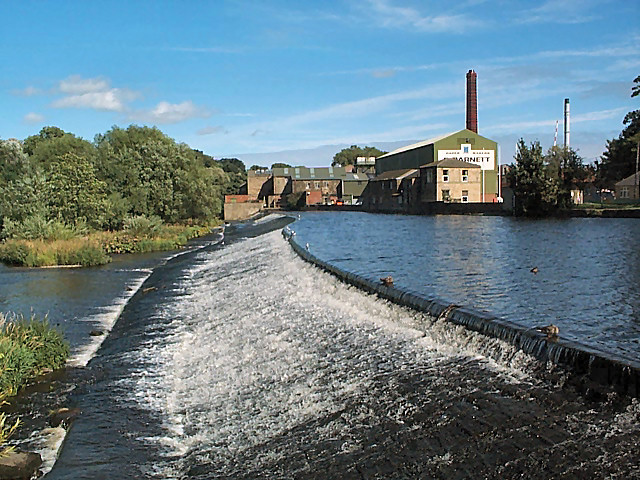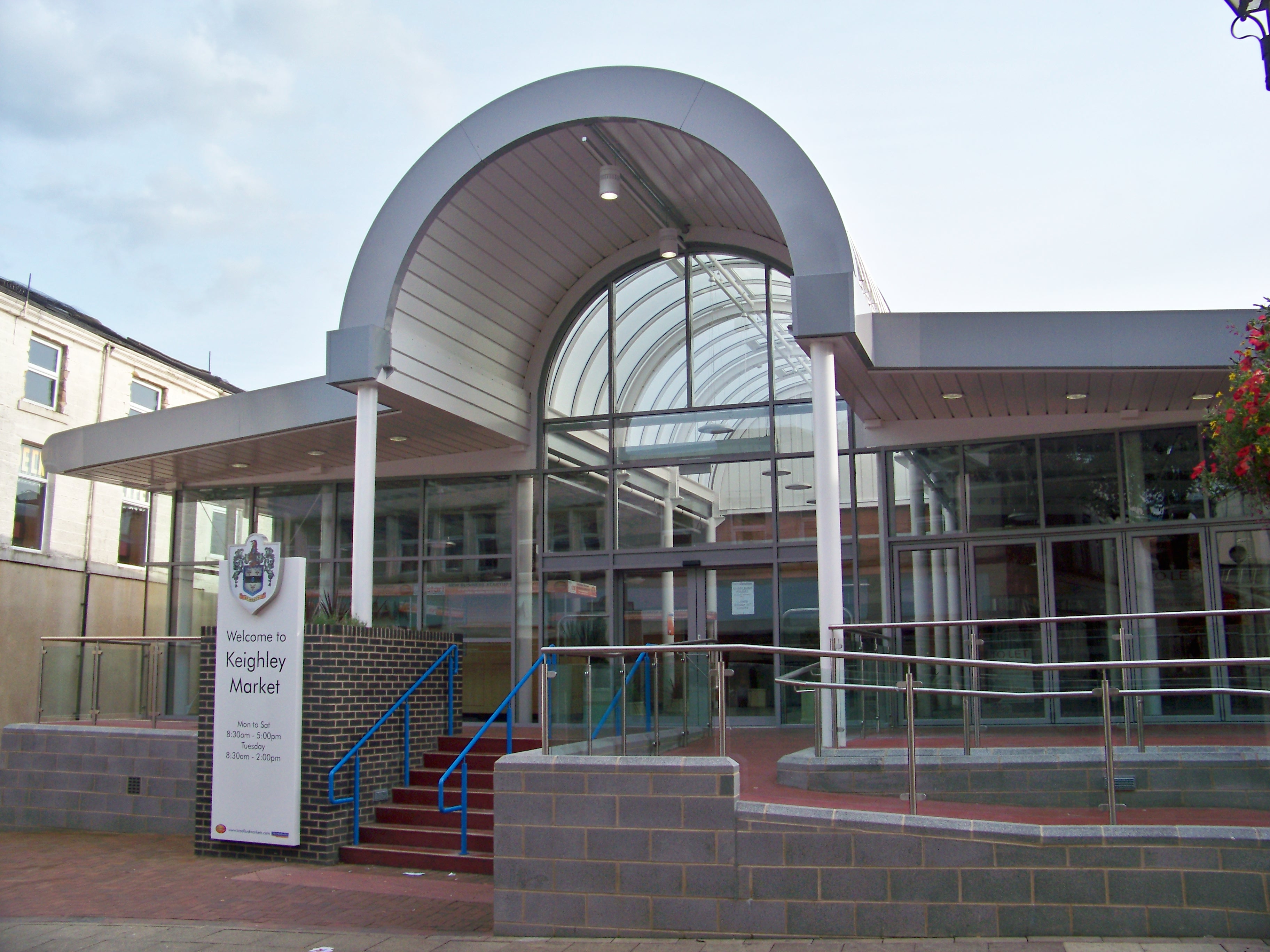|
107th Regiment Royal Armoured Corps
The 107th Regiment Royal Armoured Corps (King's Own) (107 RAC) was a Armoured warfare, tank regiment of the Royal Armoured Corps, raised by the British Army during the World War II, Second World War. The regiment served with distinction in Western Front (World War II), North-west Europe from July 1944 to May 1945. Origin 107th Regiment RAC was formed on 1 November 1941 by the conversion to the armoured role of the 5th Battalion, King's Own Royal Regiment (Lancaster), a 1st Line Army Reserve (United Kingdom), Territorial Army infantry battalion. In common with other infantry units transferred to the Royal Armoured Corps, all personnel would have continued to wear their King's Own cap badge on the black beret of the RAC. In this instance, however, the brass cap badges of the King's Own Royal Regiment (Lancaster) were plated white metal, chrome or silver by the Royal Electrical and Mechanical Engineers. The 5th Battalion, King's Own Royal Regiment had been serving in 126th (East Lan ... [...More Info...] [...Related Items...] OR: [Wikipedia] [Google] [Baidu] |
Armoured Warfare
Armoured warfare or armored warfare (American English; American and British English spelling differences#-our, -or, see spelling differences), is the use of armoured fighting vehicles in modern warfare. It is a major component of modern Military science, methods of war. The premise of armored warfare rests on the ability of troops to penetrate conventional Defense (military), defensive lines through use of Maneuver warfare, manoeuvre by armoured units. Much of the application of armoured warfare depends on the use of tanks and related vehicles used by other supporting arms such as infantry fighting vehicles, self-propelled artillery, and other combat vehicles, as well as mounted combat engineers and other support units. The Military doctrine, doctrine of armored warfare was developed to break the static nature of World War I trench warfare on the Western Front (World War I), Western Front, and return to the 19th century school of thought that advocated manoeuvre and Decisive vi ... [...More Info...] [...Related Items...] OR: [Wikipedia] [Google] [Baidu] |
11th Armoured Brigade (United Kingdom)
The 11th Armoured Brigade was an armoured brigade of the British Army raised during the Second World War. The brigade was a 1st Line Territorial Army formation, consisting of three infantry battalions converted into armoured regiments. History The 11th Armoured Brigade was formed from the redesignation of the 126th Infantry Brigade, part of 42nd (East Lancashire) Infantry Division, on 1 November 1941. During this time, the brigade formed part of the 42nd Armoured Division. On 25 July 1942, the brigade was converted from an armoured role (equipped with cruiser tanks) into an infantry support role (equipped with infantry tanks). As part of this conversion, the brigade was re-designated the 11th Tank Brigade. During most of 1943, the brigade was attached to the 77th Infantry (Reserve) Division as a training formation. On 23 November, the brigade was disbanded and its regiments were broken up. Order of battle Subordinate units included: * 107th Regiment Royal Armoured Corps ... [...More Info...] [...Related Items...] OR: [Wikipedia] [Google] [Baidu] |
34th Armoured Brigade (United Kingdom)
The 34th Armoured Brigade was an armoured brigade of the British Army that fought in the Second World War. It was formed in 1941 as the 34th Army Tank Brigade and renamed as the 34th Tank Brigade in February 1945, becoming part of the 79th Armoured Division. It was equipped with Churchill tanks and provided close support for assaults by the infantry. During the fighting in North-west Europe from July 1944 to May 1945 the brigade served with the First Canadian Army and the British Second Army. The brigade was disbanded in early 1946.Joslen, pp. 184 & 207. History The brigade was formed on 1 December 1941 as one of ten independent Army Tank brigades to be equipped with Churchill tanks. In June 1942, the word "Army" was dropped from the brigade's title and it became part of the 1st Mixed Division. The 34th Tank Brigade was transferred to the 43rd Mixed Infantry Division in September 1942 and in September 1943 it returned to independent status (attached to XII Corps), when the co ... [...More Info...] [...Related Items...] OR: [Wikipedia] [Google] [Baidu] |
151st Regiment Royal Armoured Corps
The 151st Regiment Royal Armoured Corps (10th Bn King's Own) (151 RAC) was an armoured regiment of the British Army's Royal Armoured Corps that was raised during the Second World War. History Origin The 151st Regiment RAC was formed on 1 December 1941 by the conversion to the armoured role of 10th Battalion, King's Own Royal Regiment (Lancaster), a hostilities-only infantry battalion raised in 1940. 10th King's Own had been serving in 225th Independent Infantry Brigade (Home), a Home Service formation, when it was redesignated 35th Army Tank Brigade. In common with most other infantry battalions that were transferred to the Royal Armoured Corps, all personnel would have continued to wear their King's Own cap badge on the black beret of the Royal Armoured Corps. Training Based at Prudhoe in Northumberland, the regiment began receiving Churchill tanks in February 1942. In August 1942 151 RAC was transferred to Westgate-on-Sea in Kent to serve with 25th Army Tank Brigade in 43rd (W ... [...More Info...] [...Related Items...] OR: [Wikipedia] [Google] [Baidu] |
Otley
Otley is a market town and civil parish at a bridging point on the River Wharfe, in the City of Leeds metropolitan borough in West Yorkshire, England. Historically a part of the West Riding of Yorkshire, the population was 13,668 at the 2011 census. It is in two parts: south of the river is the historic town of Otley and to the north is Newall, which was formerly a separate township. The town is in lower Wharfedale on the A660 road which connects it to Leeds. The town is in the Otley and Yeadon ward of Leeds City Council and the Leeds North West parliamentary constituency. History Toponymy Otley's name is derived from Otto, Otho, Othe, or Otta, a Saxon personal name and ''leah'', a woodland clearing in Old English. It was recorded as ''Ottanlege'' in 972 and ''Otelai'' or ''Othelia'' in the Domesday Book of 1086. The name Chevin has close parallels to the early Brythonic Welsh term ''Cefn'' meaning ridge and may be a survival of the ancient Cumbric language. Early h ... [...More Info...] [...Related Items...] OR: [Wikipedia] [Google] [Baidu] |
77th Infantry Division (United Kingdom)
The 77th Infantry Division of the British Army was formed in 1941, during the World War II, Second World War, from the re-organisation of the Devon and Cornwall County Division. During its existence the Division (military), division changed roles several times. The division's initial role was coastal defence, protecting Devon. On 20 December 1942, it was converted into a training formation, known as a reserve division. In this capacity, the division provided final tactical and field training for the infantry that had already passed their initial training. After five additional weeks of training, the soldiers would be posted to fighting formations overseas. The division also had a tank brigade attached to provide training in armoured warfare. On 1 December 1943, the division took on a new role and was again renamed. Now the 77th (Holding) Division, it was responsible for retraining the soldiers who had been on medical leave, former prisoner of war, prisoners of war, Repatriation ( ... [...More Info...] [...Related Items...] OR: [Wikipedia] [Google] [Baidu] |
The National Archives (United Kingdom)
The National Archives (TNA; ) is a non-ministerial government department, non-ministerial department of the Government of the United Kingdom. Its parent department is the Department for Culture, Media and Sport of the United Kingdom, United Kingdom of Great Britain and Northern Ireland. It is the official National archives, national archive of the UK Government and for England and Wales; and "guardian of some of the nation's most iconic documents, dating back more than 1,000 years." There are separate national archives for Scotland (the National Records of Scotland) and Northern Ireland (the Public Record Office of Northern Ireland). TNA was formerly four separate organisations: the Public Record Office (PRO), the Royal Commission on Historical Manuscripts, Historical Manuscripts Commission, the Office of Public Sector Information (OPSI) and Office of Public Sector Information, His Majesty's Stationery Office (HMSO). The Public Record Office still exists as a legal entity, as ... [...More Info...] [...Related Items...] OR: [Wikipedia] [Google] [Baidu] |
Leyburn
Leyburn is a market town and civil parish in North Yorkshire, England, sitting above the northern bank of the River Ure in Wensleydale. Historic counties of England, Historically in the North Riding of Yorkshire, the name was derived from 'Ley' or 'Le' (clearing), and 'burn' (stream), meaning clearing by the stream. Leyburn had a population of 1,844 at the 2011 Census of the United Kingdom, 2001 census increasing to 2,183 at the 2011 Census. The estimated population in 2015 was 2,190. History Leyburn was mentioned in the Domesday Book of 1086 but had no recorded population. The much later growth of Leyburn as a major hub is linked to the decline in fortunes of nearby Wensley, North Yorkshire, Wensley, which had prominence as the only market town in Wensleydale; the village had received its Royal Charter in 1202 but declined dramatically after being devastated by the Black Death, plague in 1563. In fact, the once important and prosperous town was mostly abandoned. Leyburn's st ... [...More Info...] [...Related Items...] OR: [Wikipedia] [Google] [Baidu] |
Keighley
Keighley ( ) is a market town and a civil parishes in England, civil parish in the City of Bradford Borough of West Yorkshire, England. It is the second-largest settlement in the borough, after Bradford. Keighley is north-west of Bradford, north-west of Bingley, north of Halifax, West Yorkshire, Halifax and south-east of Skipton. It is governed by Keighley Town Council and Bradford City Council. Keighley is in West Yorkshire, close to the borders of North Yorkshire and Lancashire. Historic counties of England, Historically in the West Riding of Yorkshire, it lies between Airedale and Keighley Moors. At the 2011 census, Keighley had a population of 56,348. History Toponymy The name Keighley, which has gone through many changes of spelling throughout its history, means "Cyhha's farm or clearing", and was mentioned in the Domesday Book of 1086: "In Cichhelai, Ulchel, and Thole, and Ravensuar, and William had six carucates to be taxed." Town charter Henry de Keighley, a ... [...More Info...] [...Related Items...] OR: [Wikipedia] [Google] [Baidu] |
Yorkshire
Yorkshire ( ) is an area of Northern England which was History of Yorkshire, historically a county. Despite no longer being used for administration, Yorkshire retains a strong regional identity. The county was named after its county town, the city of York. The south-west of Yorkshire is densely populated, and includes the cities of Leeds, Sheffield, Bradford, Doncaster and Wakefield. The north and east of the county are more sparsely populated, however the north-east includes the southern part of the Teesside conurbation, and the port city of Kingston upon Hull is located in the south-east. York is located near the centre of the county. Yorkshire has a Yorkshire Coast, coastline to the North Sea to the east. The North York Moors occupy the north-east of the county, and the centre contains the Vale of Mowbray in the north and the Vale of York in the south. The west contains part of the Pennines, which form the Yorkshire Dales in the north-west. The county was historically borde ... [...More Info...] [...Related Items...] OR: [Wikipedia] [Google] [Baidu] |
Manchester Regiment
The Manchester Regiment was a line infantry regiment of the British Army in existence from 1881 until 1958. The regiment was created during the 1881 Childers Reforms by the amalgamation of the 63rd (West Suffolk) Regiment of Foot and the 96th Regiment of Foot as the 1st and 2nd battalions; the 6th Royal Lancashire Militia became the 3rd (Reserve) and 4th (Extra Reserve) battalions and the Volunteer battalions became the 5th, 6th, 7th, 8th, 9th and 10th battalions. After distinguished service in both the First and the Second World Wars, the Manchester Regiment was amalgamated with the King's Regiment (Liverpool) in 1958, to form the King's Regiment (Manchester and Liverpool), which was, in 2006, amalgamated with the King's Own Royal Border Regiment and the Queen's Lancashire Regiment to form the present Duke of Lancaster's Regiment (King's, Lancashire and Border). 1881–1899 Between the 1860s and 1880s, the British Army underwent a period of reform implemented by Edwar ... [...More Info...] [...Related Items...] OR: [Wikipedia] [Google] [Baidu] |
111th Regiment Royal Armoured Corps
The 111th Regiment Royal Armoured Corps (Manchester Regiment) (111 RAC) was an armoured regiment of the British Army, raised by the Royal Armoured Corps during the Second World War. Origin 111th Regiment RAC was formed on 1 November 1941 by the conversion to the armoured role of 5th Battalion of the Manchester Regiment, a 1st Line Territorial Army infantry battalion. In common with other infantry units transferred to the Royal Armoured Corps, all personnel would have continued to wear their Manchester cap badge on the black beret of the Royal Armoured Corps. The 5th Battalion, Manchester Regiment had been serving in 126th Infantry Brigade of 42nd (East Lancashire) Infantry Division, which had fought in France and been evacuated at Dunkirk. The brigade and division were later redesignated 11th Armoured Brigade (later 11th Tank Brigade) and 42nd Armoured Division respectively. At the time of conversion, 111 RAC was based at Bingley, West Yorkshire. It began receiving its first ... [...More Info...] [...Related Items...] OR: [Wikipedia] [Google] [Baidu] |






